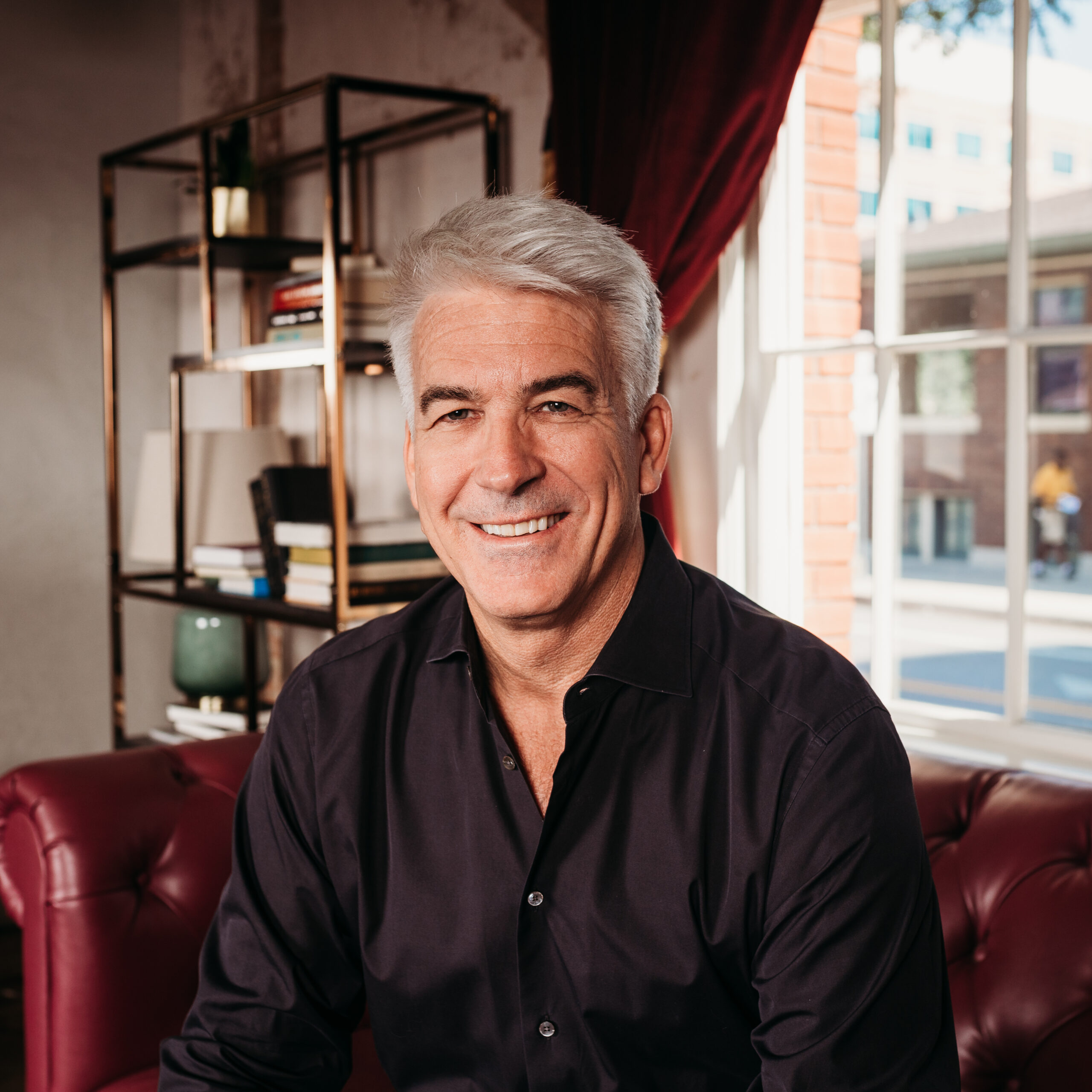Consumer as Student

[Header image credit: Canva]
By TMA Staff
Technology has changed everything.
While this is in no way a ground-breaking statement, the reality of the “everything” has yet to sink in with most. Almost every single consumer expectation, attitude, and behavior has in some way shifted due to the rapid, on demand, always on, and all-you-can-eat technology culture.
With information at the touch of our fingertips 24/7, how we attain and learn is also rapidly evolving. So much that the role of teacher and student has been redefined, changing the way that consumers view how they learn, who can teach them, and most importantly – their desire for continuing to learn.
Recent data shows that both Gen Z and Millennials’ highest needs and aspirations are to learn more.


The good news for brands is that somewhere in this shift of learning in culture, there is now a seat at the table for them to engage consumers in the learning process, opening up opportunities to engage consumers in new ways and going even further, to invest in them individually. Brands are now morphing into educators, teachers, advisors – taking on a key role in empowering their consumer to become a more skilled, stylish, and/or healthier version of themselves. And what individual doesn’t want to improve in some way or form? Betterment is an innate human desire, and with that human truth comes an opportunity for brands to partner with the technology now available to teach and learn, which naturally will produce brand loyalty and brand love.
What exactly is the Future of Learning doing for consumers? Here are three major shifts marketers need to be aware of.
The Future of Learning has:
1. Made consumers more confident.
In 2018, 56% of US consumers agreed that they can teach themselves anything they want ‑ online and for free. (Foresight Factory, 2019) With information being so readily available on the internet, as well as continued learning and being willing to evolve quickly in the workplace being in high demand, “The value of one’s education no longer lies in gaining knowledge, but in developing a dexterity for learning.”
2. Opened up new purchasing choices for consumers.
With information retrieval now so incredibly easy, consumers are able to better understand what their options are in each vertical before purchasing. They are able to understand how various brands operate behind the scenes in terms of sustainability and employee ethics, thus expanding what helps them in making a purchasing decision. With over half of global consumers agreeing that they want to be more knowledgeable in 2018 (Foresight Factory), it’s safe to say that everything from the right nutrition, to skincare, to car purchases will be researched and analyzed by the consumer before purchase
3. Changed who is doing the teaching.
Brands are now showing up in unique ways for the knowledge-hungry consumer, becoming everything from doctor to professor to therapist. And these brands that are investing in educating their consumer become a trusted source of information and empower their consumers as individual thinkers.
In an era in which trust is at an all-time low, could teaching your consumer be a tactic to overcome the distrust? Maybe. The opportunity here for brands to be educators with unique content and engaging events seems endless.
Now that you have a good understanding of the Student Consumer, let’s see this trend in action.
- Lola Sets Up Phone Booths For Consumers To Get Expert Advice And Information About Sex
- Coach Creates Pop-Up Space With Career Advice
- Financial Gym Opens in New York
- Menopause Brand Rory Educates Women On Health Changes
- Harvey Nichols Launches Learning Podcast
- Clairol Hair Color Launches A Hair Expert With Google Home For Educational Tips
- Tesco Launches Community Cooking School
- Capitol One Educational Cafés
- Apple Expands Today At Apple
- Yakult AI Vending Machine Teaches Language Skills
- Coinbase Creates Learn And Earn Page
What have you learned from a brand lately?


